Overview
The distinctive “lightweight, strong, and non-corrosive” characteristics of CFRP (Carbon Fiber Reinforced Plastic) have made it one of the most progressive and promising materials today, leading to vast application in diverse fields. However, examples of CFRP prototype development and CFRP-formed products seldom come to our attention.
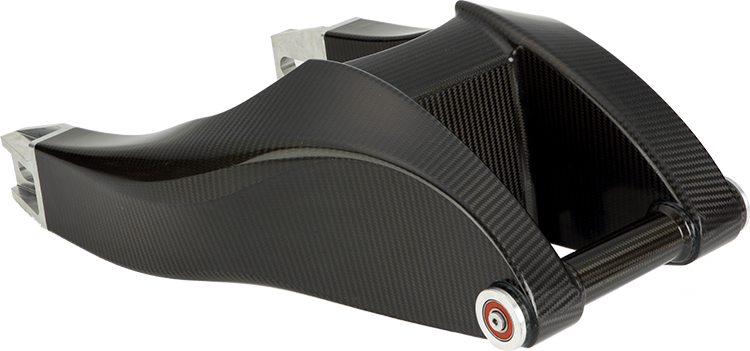
Introduction
Based in Saitama Japan, Uchida Co., Ltd. has expanded operations to wider Japan and international markets. At Uchida, we specialize in CFRP, GFRP, and composite mold processing from prototyping to high-mix low-volume production, boasting a strong track record in diverse industries from marine, land, aviation, and aerospace through to medical, welfare, and artistic fields. In this week’s article, we will look at CFRP-based structures and manufacturing processes, using our Carbon/CFRP swing arm product as an illustrative example.
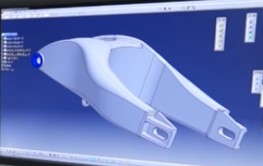
Structural Design and Analysis
The model data is then used to conduct a structural design and analysis in accordance with the CFRP anisotropy and existing data, obtained from a database, on the mechanical properties of the materials being used. This phase involves careful investigation to devise the optimal composite configuration and leverage the lightweight and strong characteristics of CFRP. We conduct multiple simulations, based on empirical rules, to determine which areas need strengthening or not, what type and how much material (fiber) we need, and in what orientation. We further investigate impact-prone sections and areas that will provide structural support, selecting and placing the fiber materials either closer to the surface, arranging them around metal sections, or increasing the density (thickness) to augment structural integrity, as required. Even with the same CFRP, the fiber type, arrangement, and orientation design will drastically alter the final properties and integrity. Other composite materials such as glass fiber reinforced plastic (GFRP) or aramid fiber reinforced plastics (AFRP) are often used together with CFRP.
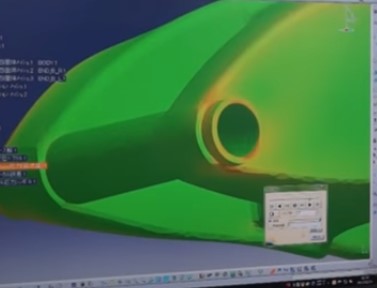
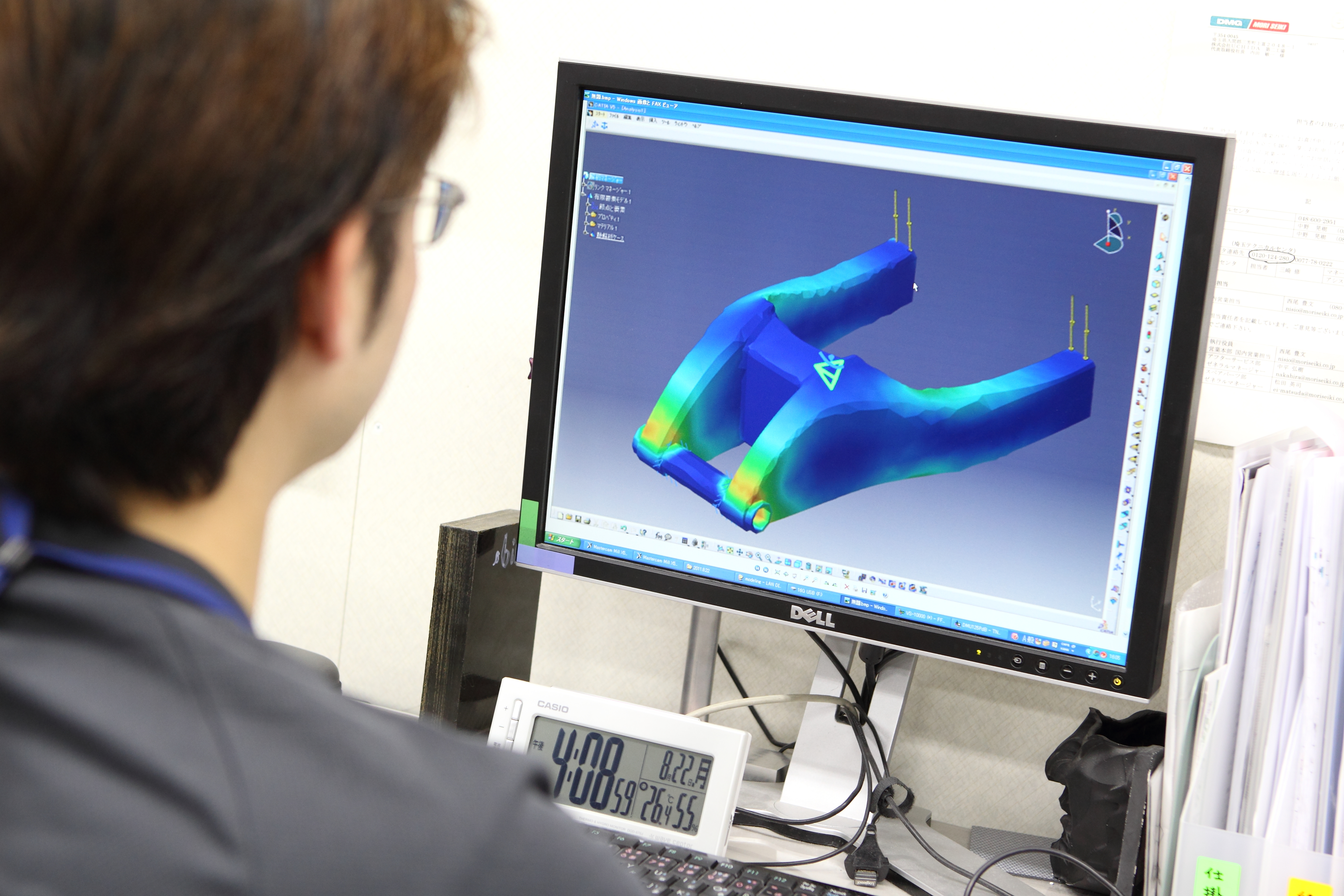
Mold Fabrication
Mold Modeling
Following completion of the product data, we begin modeling the mold, giving due consideration of the mold’s segmented structure, mechanical constraints of the machining center, and draft angle. Ensuring that the fibers can be orientated and laminated as designed, and that there are no problems with heat turnover is crucial for success. While a mold that can be de-molded after curing is an obvious requirement, when it comes to structural items, if the carbon fibers cannot be arranged (laminated) exactly as designed, then the final product won’t turn out as expected. We also consider manufacturing constraints such as whether the product will be damaged after molding. For these reasons, without in-depth knowledge of the manufacturing process and the structure, it would be near impossible to model a sufficient mold of the product.
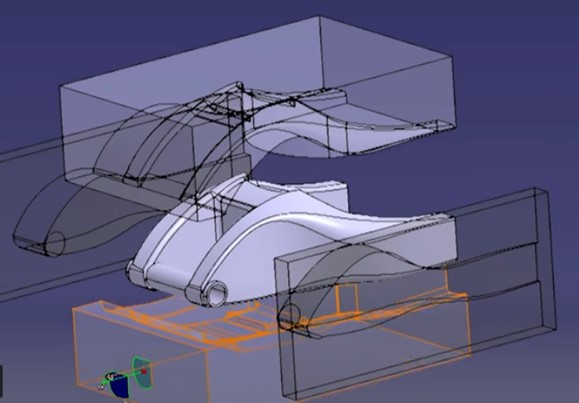
Mold Processing
Next, we utilize the modeled data to process the mold in our machining center. Gypsum or plaster, as shown in the image, is the standard mold material of choice for CFRP prototype development in Japan, due to its low thermal expansion, excellent CFRP compatibility, and impressive machinability. CFRP molds are sometimes employed depending on the production lot or profile of the product.
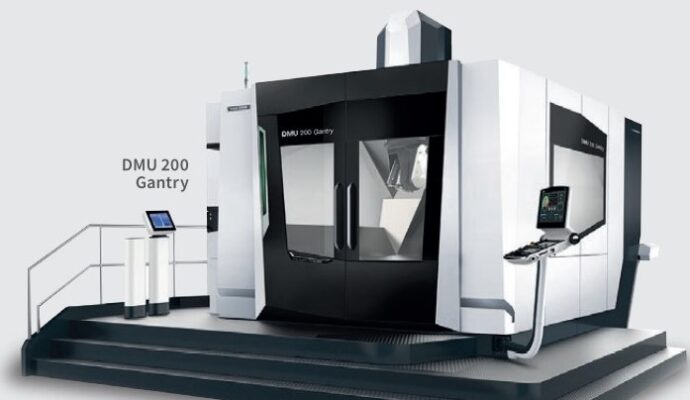
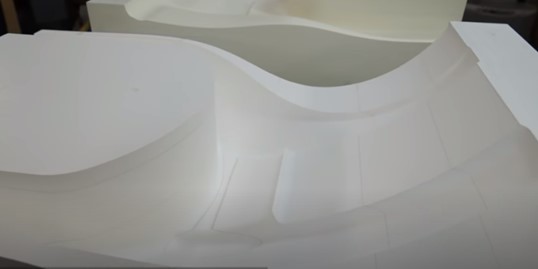
Mold Surface Treatment
The resin pre-impregnated carbon fiber sheets (prepregs) will bind to the mold if laminated directly after cutting. To prevent sticking, we apply a thin coating of resin with a mold release agent, like Teflon coating of a fry pan, to the surface of the mold.
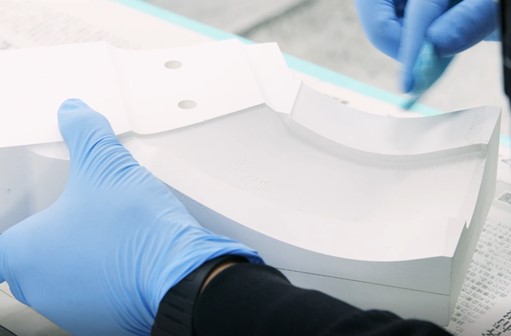
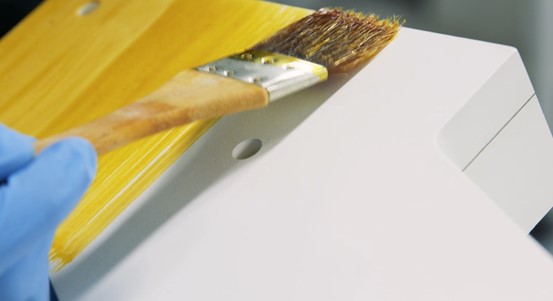
Cutting Prepreg Materials
Next, we cut the prepreg sheets using a cutting plotter. Prepreg sheets are, like food, a raw material and therefore have a use-by-date. They generally need to be stored frozen at temperatures of minus 18°C or less.
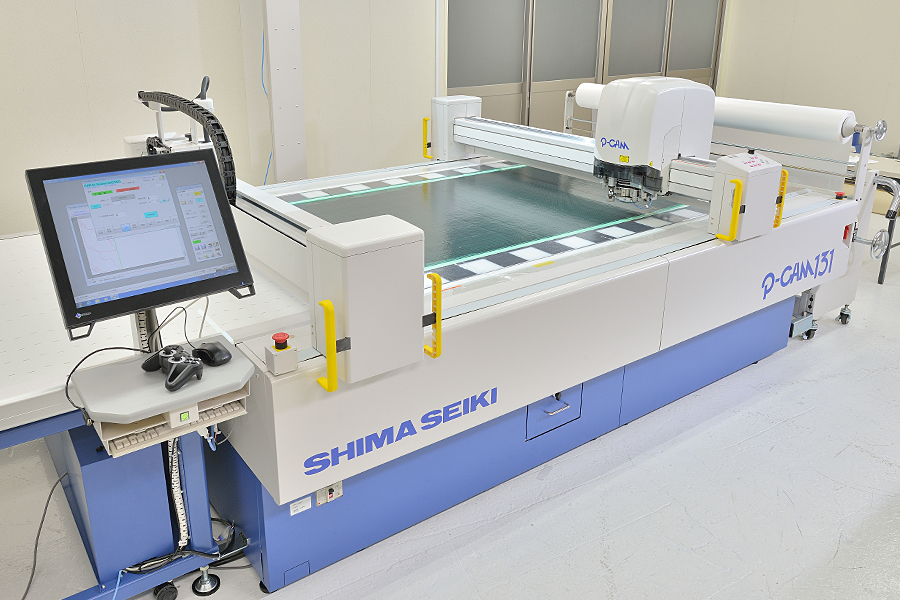
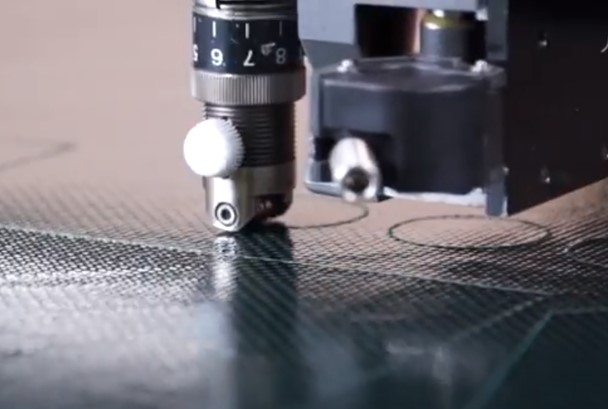
Laminating Process
Our technicians meticulously stack the cut prepregs layer by layer to form a laminate stack in accordance with the design. This process is performed in strictly controlled clean rooms and our technicians specialized clean suits to prevent contamination from foreign objects, including hair, during the lamination. Any air trapped between the 0.08-0.7 thin prepreg sheets can cause defects such as voids or inter-layer delamination during the subsequent molding process. To prevent this, we vacuum pull each layer and expel any remaining air.
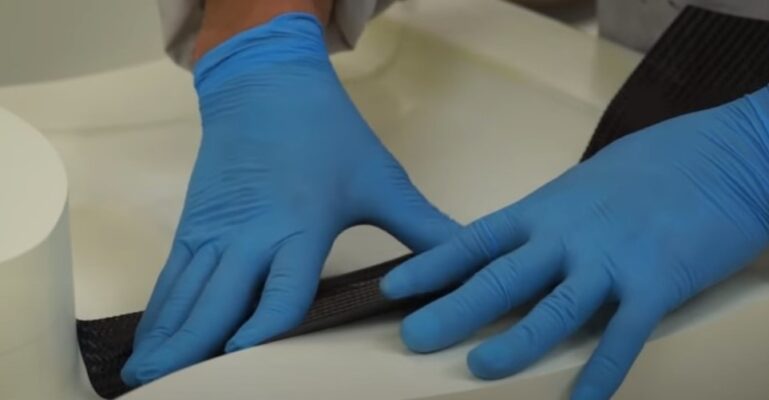
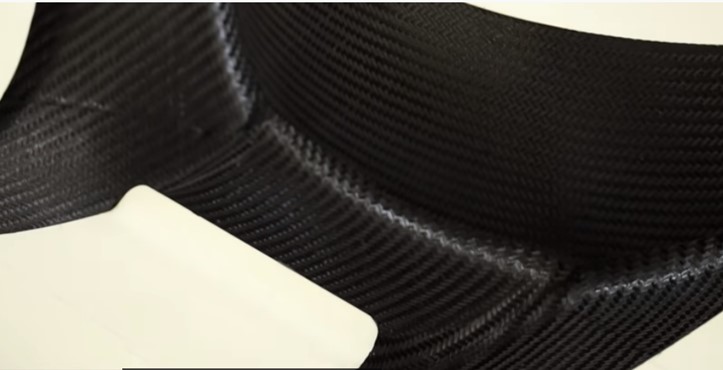
Vacuum-bagging Process
After laminating, we place specialized sub-materials including a mold release film and breather cloth bagging film over the layup and then vacuum-pull the stack (vacuum-bag) to complete the pre-molding preparation process. The vacuum-bags are sealed with sealant tape (yellow sections in the image) to prevent tearing or leaking from any sharp or protruding edges.
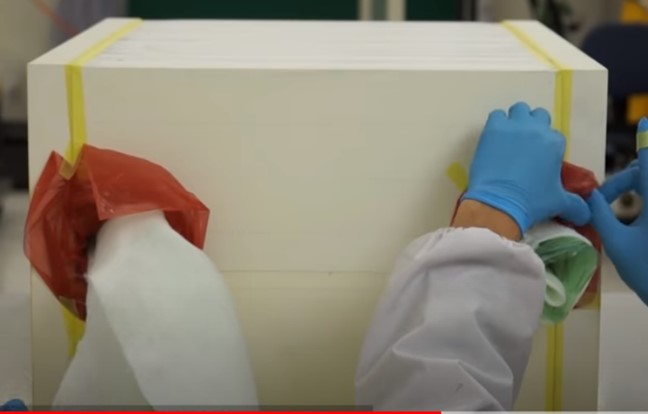
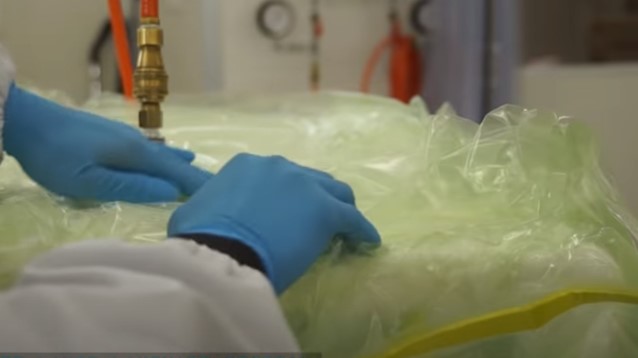
Autoclave Molding
Pressure: An autoclave is essentially a pressure device. Pressurization of the inside chamber presses the laminated prepreg sheets against the mold and expels and remaining air.
Temperature: In CFRP (carbon fiber reinforced plastics that use a thermosetting resin) molding, heat causes the resin to react and cure (harden).
Vacuuming: During molding, bagged products are generally vacuumed and degassed. The history of the molding process is recorded on paper, or with a digital recording device, and then submitted to the client for traceability. All records are managed and stored in accordance with our company’s regulations.
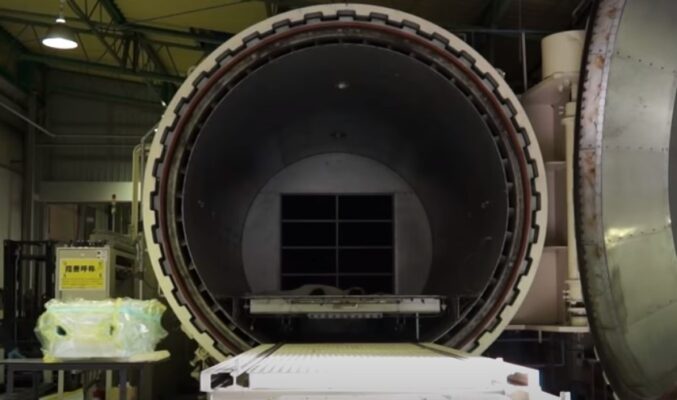
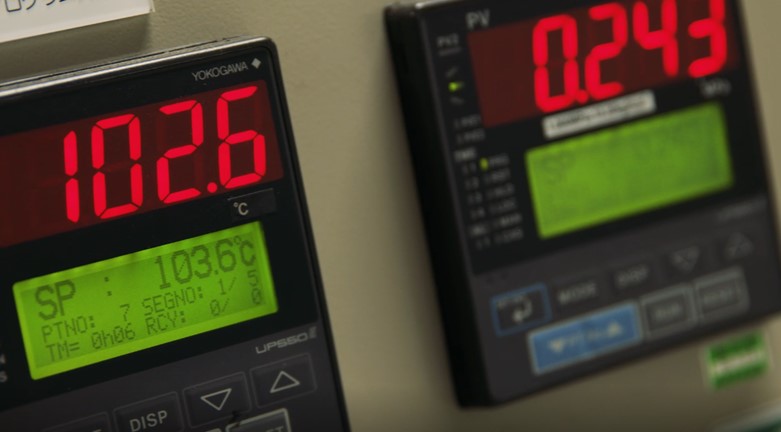
Pressure, Temperature, and Vacuuming
Molding pressures, temperatures, and vacuuming (inert atmosphere) are all programmed to match the product.
Polishing, Secondary Processing, and Final Coating
After autoclaving we remove and de-mold the item and begin with the post-molding finishing processes. This includes a trimming the item to predetermined position, drilling, gluing, and surface treatment. Depending on the level of precision required, we may machine mold in the machining center and then finished it by hand using electric tools. For this project, we used a clear matte coating for the surface treatment.
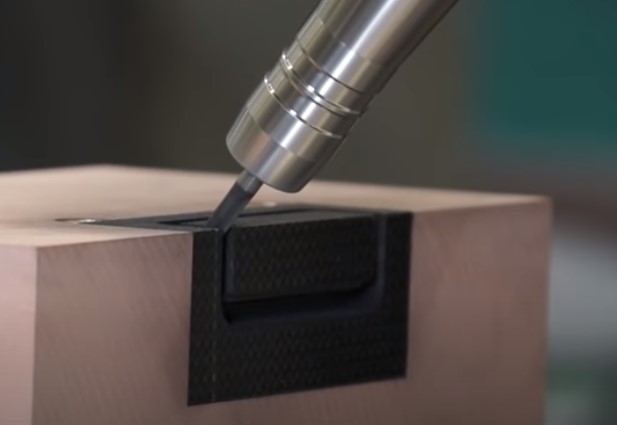
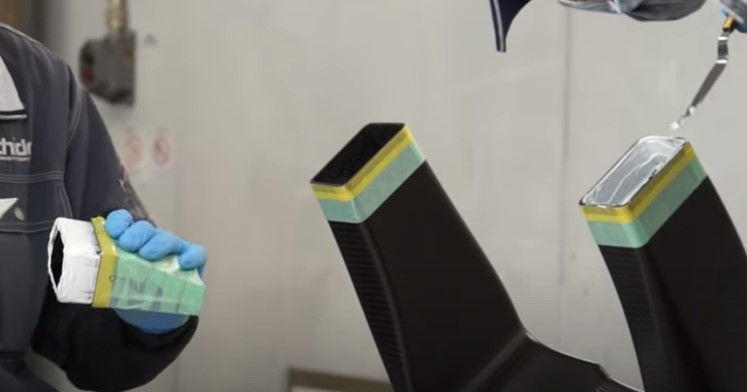
Quality Inspection
After completion of fabrication, we perform a final quality inspection. We can inspect all aspects of the product, including the exterior form, dimensions, and hole measurements, to ensure that it conforms with client wishes and product blueprint.
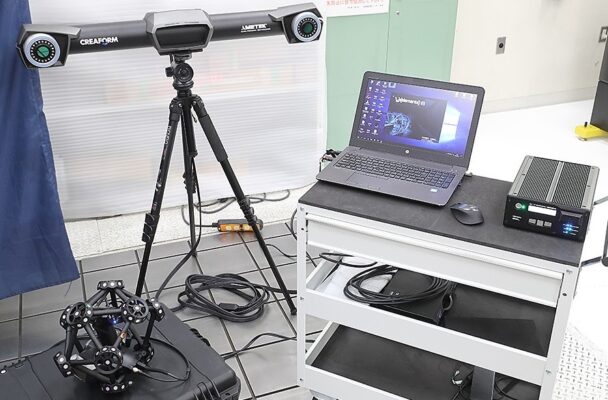
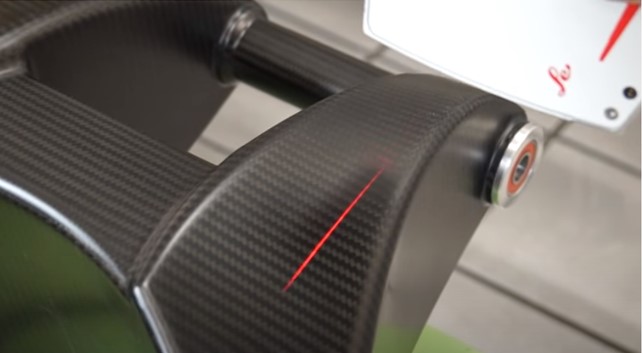
Summary
In this article, we delved into prototype development through a look at the making of carbon swing arm. We hope offers a clearer picture of carbon fiber, dry carbon, CFRP prototype development and creation. At Uchida, we pride ourselves on our honed technique and know-how in leveraging CFRP, GFRP, AFRP and other composite materials to create intricate 3D shapes and large monolithic pieces, such as this project.
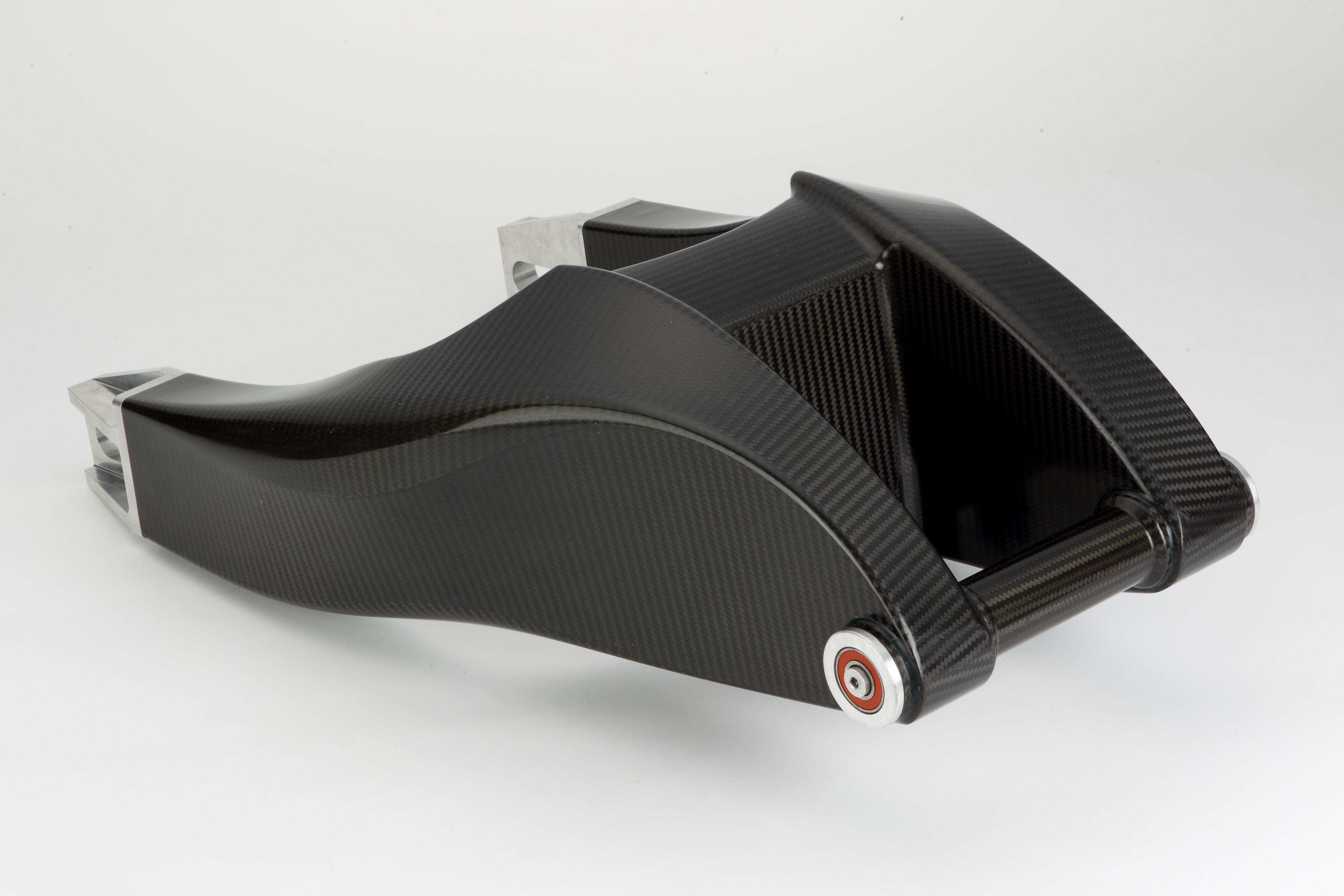
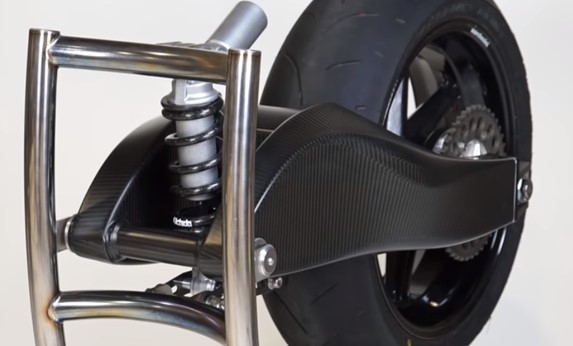
Related useful contents
You can explore related content by clicking on a topic of interest.
ABOUT UCHIDA - 55 years since our founding
We leverage a wealth of technical expertise as a CFRP molding and processing manufacturer using FRP, GFRP, and CFRP materials. We offer a one-stop solution, encompassing design, analysis, manufacturing, secondary processing, assembly, painting, quality assurance, and testing.
UCHIDA's equipment
We have cutting-edge equipment to ensure that we can address even the most advanced challenges of our customers.
Video Library
In the following video, we provide a detailed overview of our manufacturing process. Please feel free to watch and learn more.

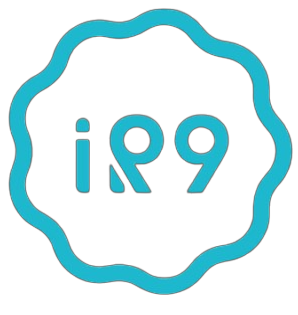
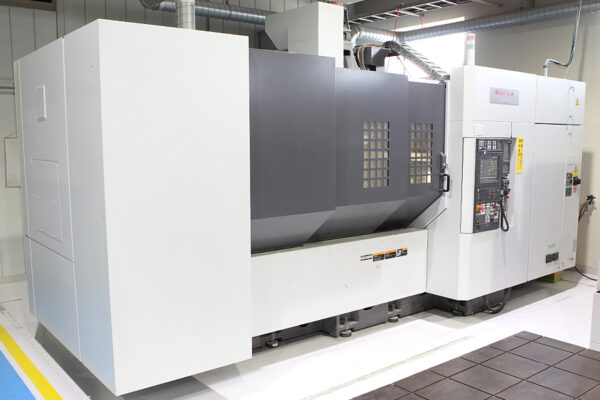
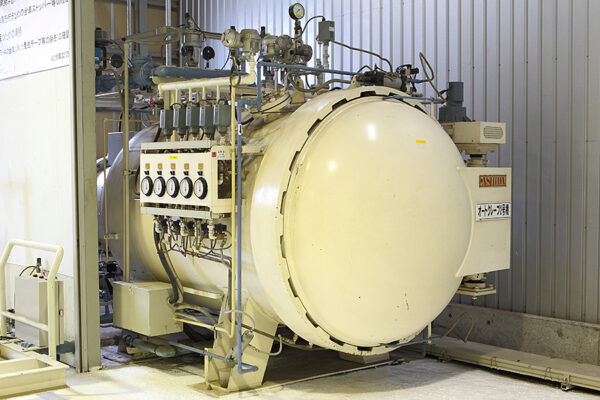
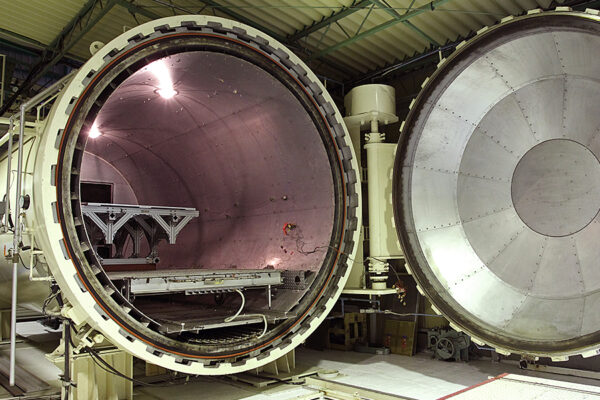
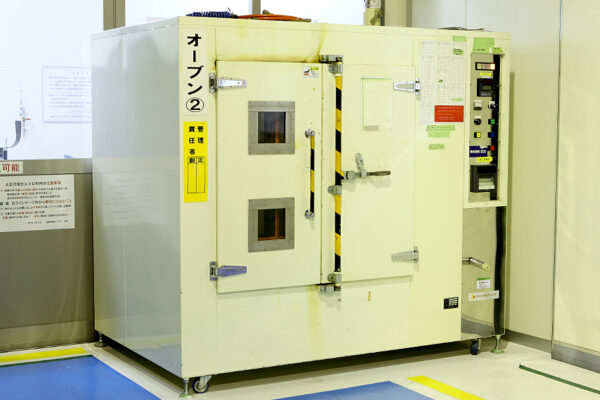
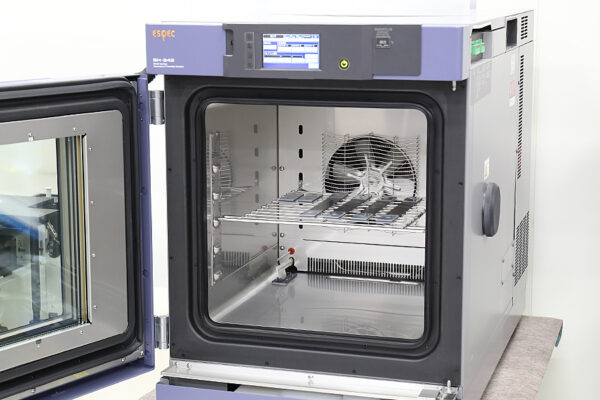
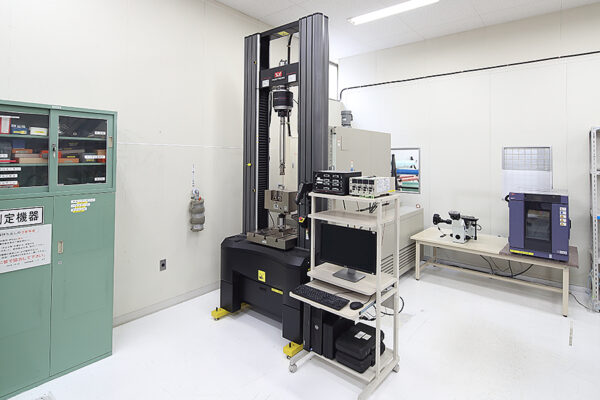
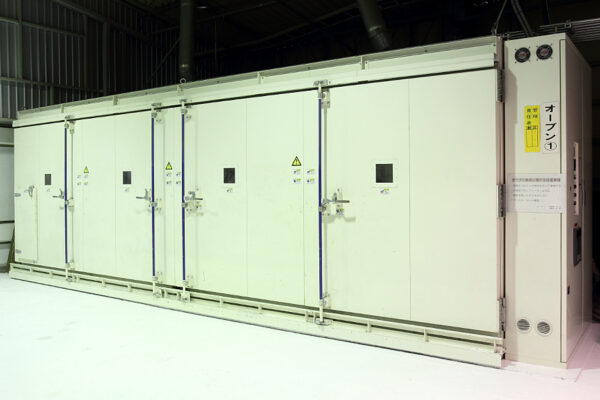
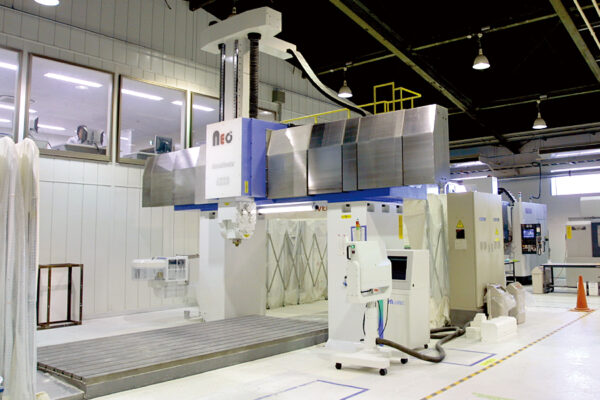
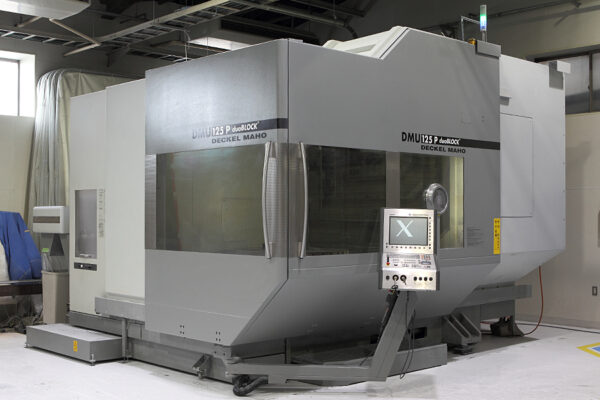
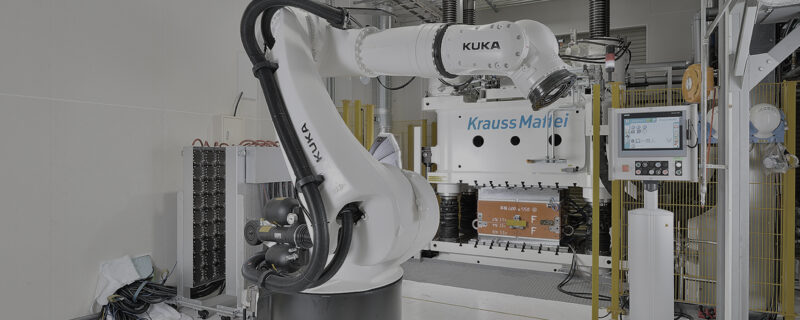
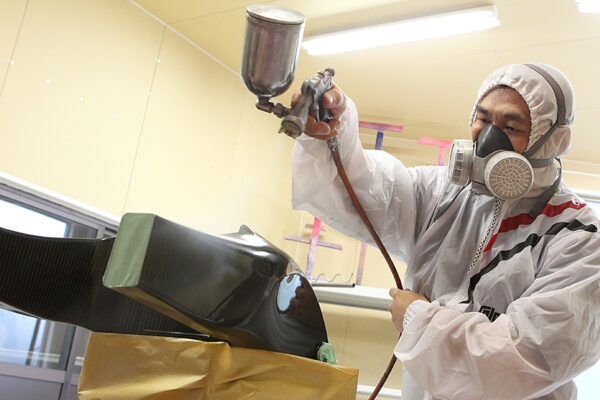
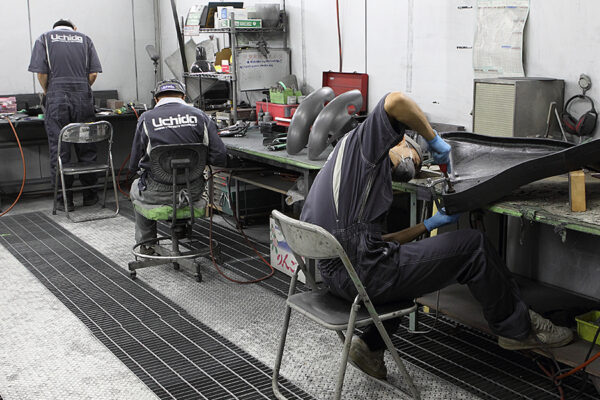
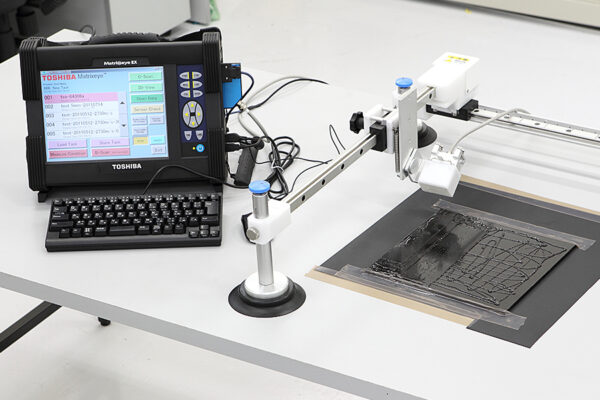
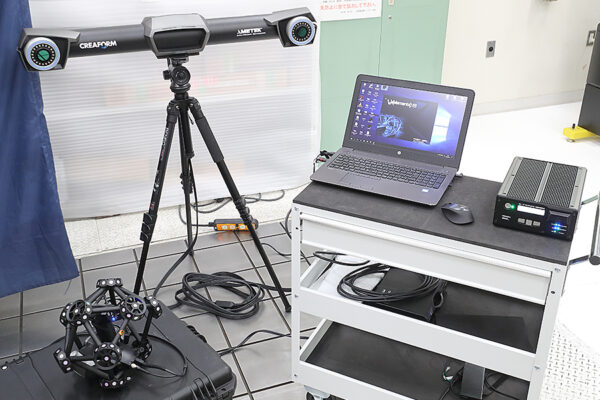
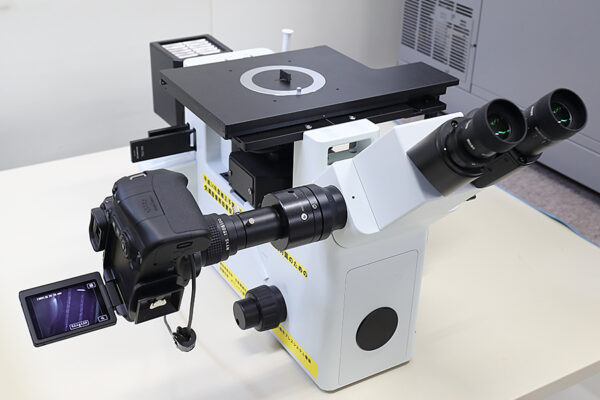
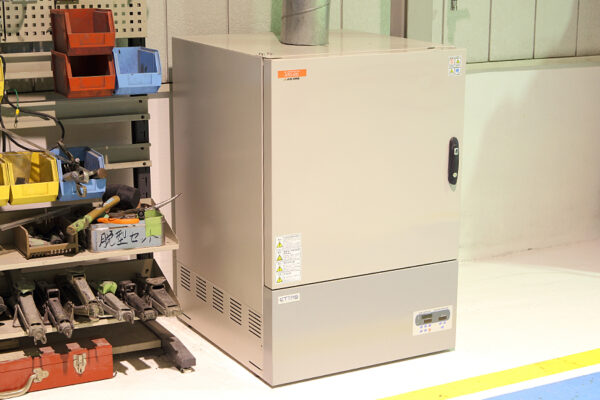
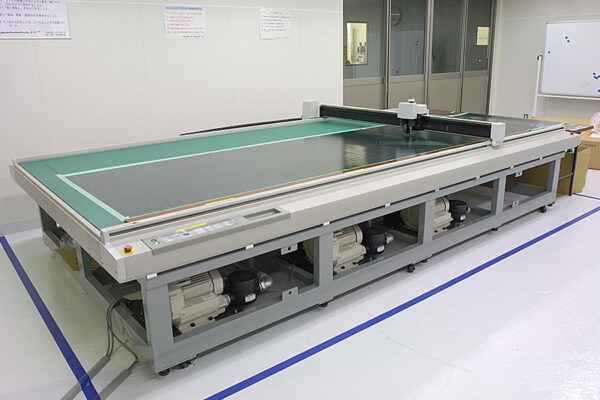
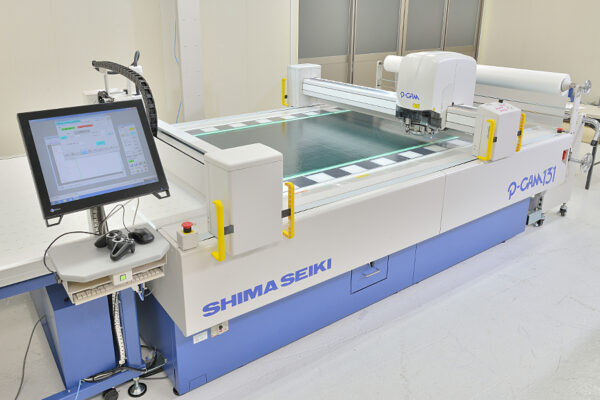
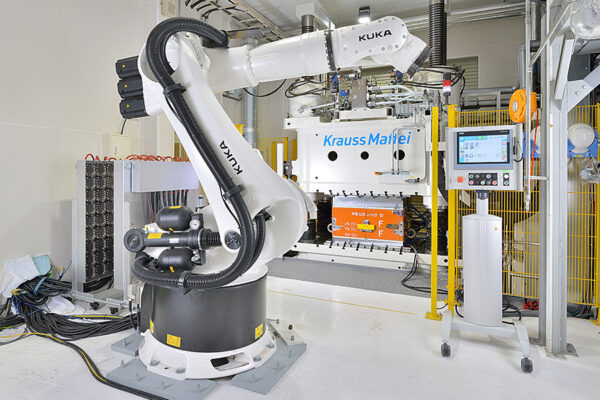
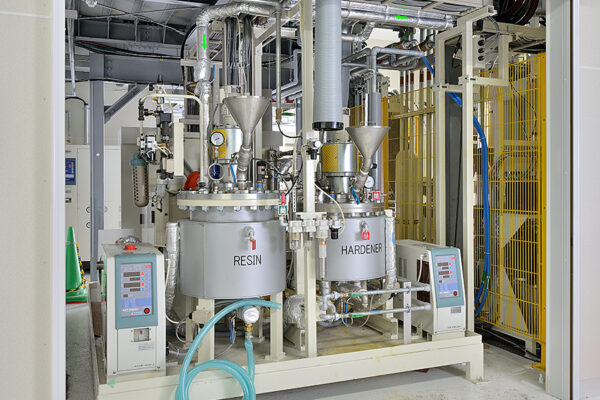
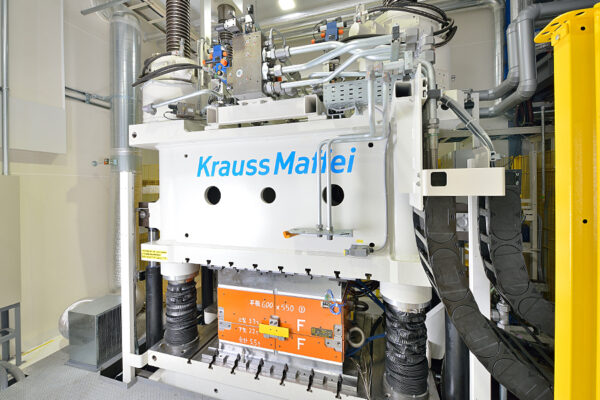
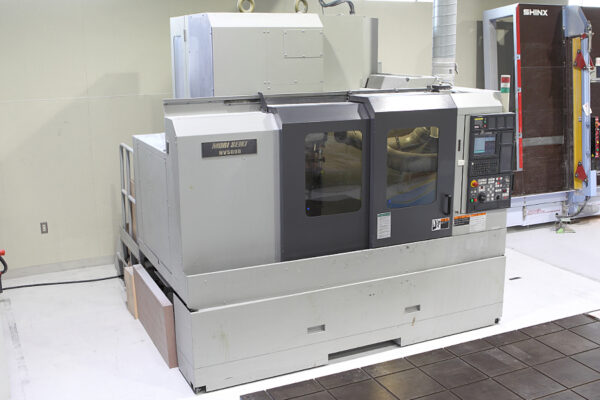
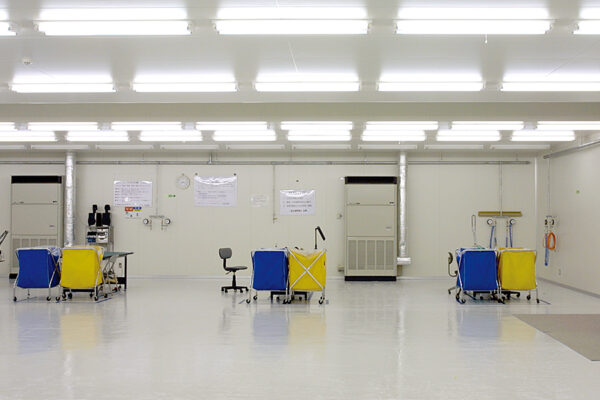
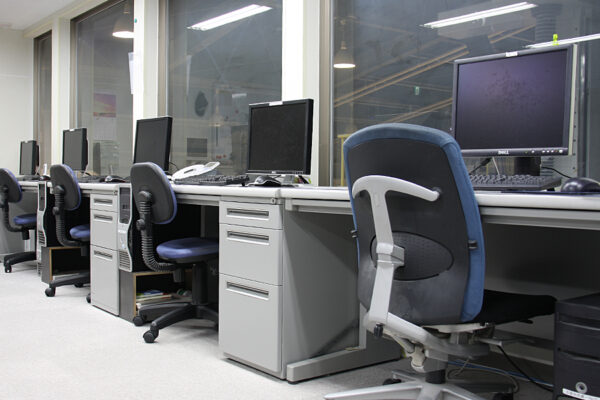
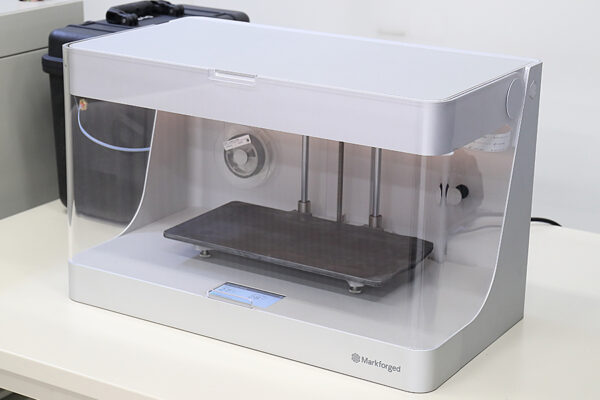
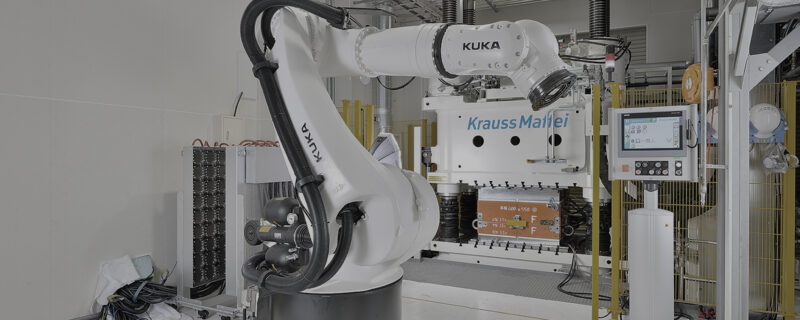

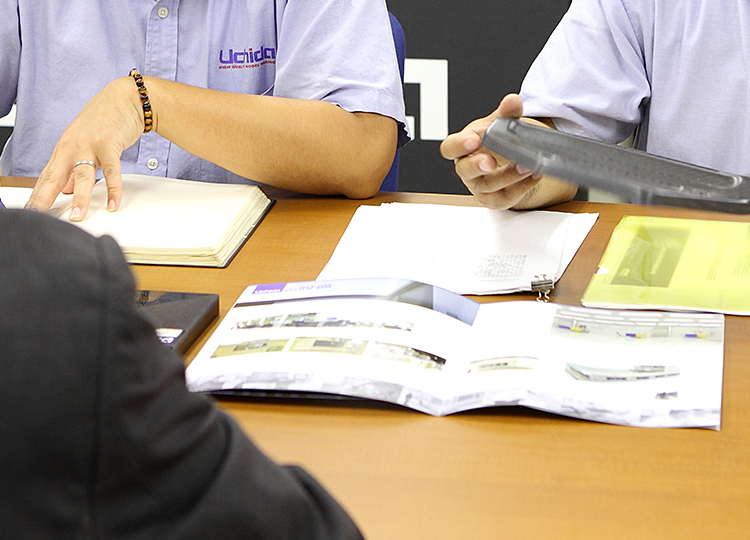
ピンバック: 【コラム】CFRP航空機・宇宙分野へのCFRP適用 | 株式会社UCHIDA
ピンバック: 【コラム】ドライカーボン『CFRP』とは? | 株式会社UCHIDA
ピンバック: 【コラム】GFRPとは? | 株式会社UCHIDA
ピンバック: 【コラム】PCM製法とは? CFRP | 株式会社UCHIDA
ピンバック: 【コラム】オーブン成形とは? CFRP | 株式会社UCHIDA
ピンバック: 【コラム】『FRP・GFRP・CFRP』マシニングセンタとは? | 株式会社UCHIDA
ピンバック: 【コラム】コンポジット・カーボンコンポジット『CFRP』とは? | 株式会社UCHIDA
ピンバック: 【コラム】カーボン オートクレーブ温度 | 株式会社UCHIDA
ピンバック: 【コラム】複合材料 メリット デメリット | 株式会社UCHIDA
ピンバック: 【コラム】軽量化のメリット『FRP・GFRP・CFRP』 | 株式会社UCHIDA
ピンバック: 【コラム】炭素繊維PAN系とピッチ系の違い『CFRP』 | 株式会社UCHIDA
ピンバック: コンポジット・カーボンコンポジットの作り方【コラム】 | 株式会社UCHIDA
ピンバック: 『FRP・GFRP・CFRP』マシニングセンタとは?【コラム】 | 株式会社UCHIDA
ピンバック: 軽量化のメリット『FRP・GFRP・CFRP』【コラム】 | 株式会社UCHIDA
ピンバック: GFRPとは?【コラム】 | 株式会社UCHIDA